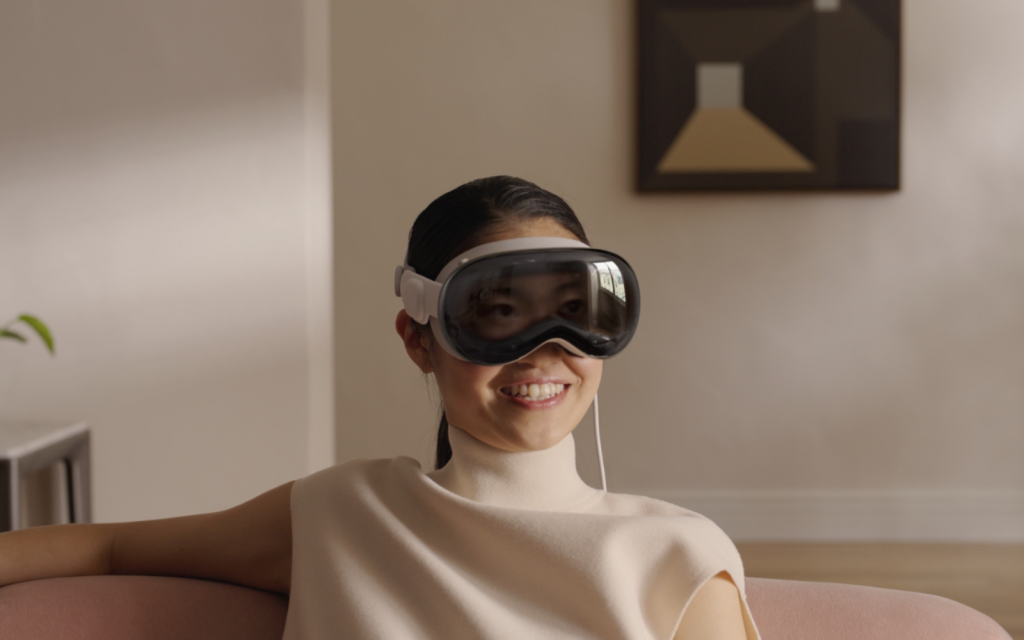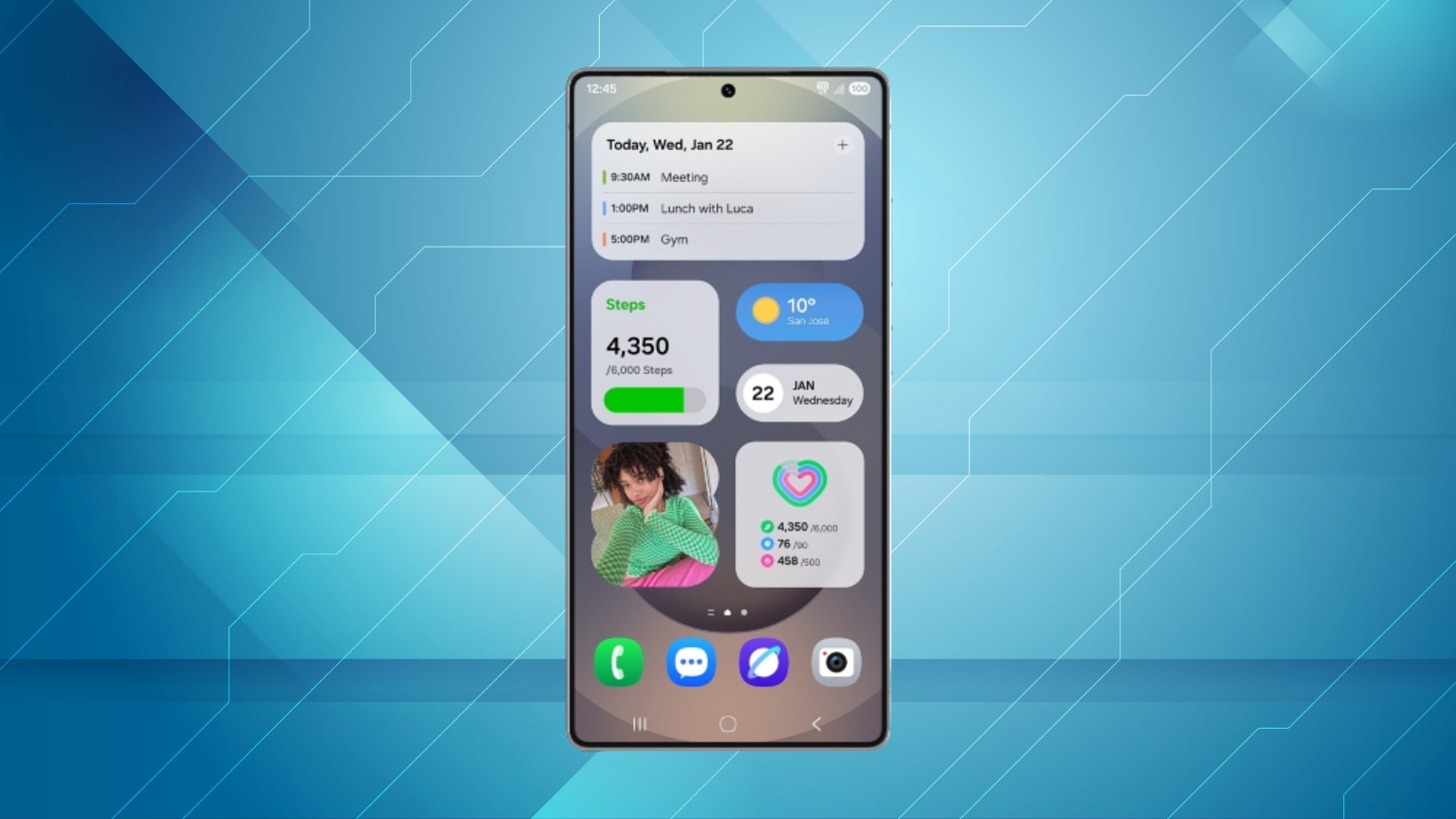A cheaper Vision Pro?
Despite the relatively poor reception to Apple’s take on augmented reality, the Fruit Company isn’t giving up easy. Apple is still on track to release a more affordable Vision Pro, reportedly stuffed with cheaper materials, because the $3,500 starting price didn’t go over well with the folks meant to buy the thing. Those coincide with new rumours that another Vision Pro, designed to hook up to a Mac exclusively, is also in development.
These stem from Bloomberg’s Mark Gurman and his Power On newsletter, who heard that Apple were juggling the development of two Vision Pro devices, though interestingly, neither product involved a more expensive ‘sequel’ to the original AR headset. Instead, the second Mac-focused Vision Pro would “create an ultra-low-latency system for streaming a user’s Mac display or for connecting to high-end enterprise applications.”
Both devices are likely to target a cheaper starting price thanks to a lack of premium materials and a wired connection, respectively. The ultimate goal (aside from raking in the bills) is to eventually funnel the tech into a pair of lightweight AR glasses, mimicking the route taken by Meta’s hardware department. Gurman reckons Tim Cook is “hell-bent” on beating Meta in that regard with an “industry-leading product.”
One UI 7 rollout hits pause
After months of build-up, including six separate beta builds and a couple of delays, Samsung has officially halted the rollout of the One UI 7.0 update globally for Galaxy S24 users. All those betas weren’t enough to stop Samsung from discovering a “serious bug” during the rollout of the Android-15-based in Korea, according to Samsung leaker @UniverseIce on X, which led to the global delay.
While the delay mostly affects S24 owners worldwide, both the Galaxy Z Fold and Flip 6 devices in Korea and Europe will also get the update a little late. Other Galaxy devices were expected to see the stable One UI 7 update arrive as soon as this week, although we can safely assume that Samsung’s plans are all muddled right about now. You’ll need to await an official comment from Samsung to see when you’ll get the update.
If you were one of the few to receive the One UI 7 update before the bug was spotted, you’ll have to live with it for the time being. This goes for S24, Fold 6, or Flip 6 owners, all of whom should receive an updated build once Samsung inevitably resumes the update’s rollout globally. When that’ll be…
Netflix adds AI into the mix
It isn’t exactly difficult to picture Netflix as a pioneer of artificial intelligence (AI) technology during film production – had the entire film industry not banded together to put a stop to this very thing. Even if Netflix can’t pump out the next Chris Pratt film in a matter of minutes, it’s still keen to employ the tech elsewhere. The streamer has begun testing an OpenAI-powered search bar, allowing for more specific searches and even mood detection, Netflix said.
The feature is currently limited to the Netflix app on iOS devices in Australia and New Zealand, although Netflix spokesperson MoMo Zhou confirmed to The Verge that the test will expand to the US “in the coming weeks and months,” and that there was currently no plans to branch out beyond the confines of iOS. Yeah, right.
If this is how Netflix’s AI dreams manifest, we’re okay with it. Whether it’ll extend beyond AI-powered search remains to be seen. The company has long since experimented with the tech, although co-CEO Ted Sarandos’ comments while speaking with the New York Times (via Variety) on how AI could play a role in future productions are more than a little frightening.
“…I don’t believe that an AI program is going to write a better screenplay than a great writer, or is going to replace a great performance, or that we won’t be able to tell the difference,” he said. “AI is not going to take your job. The person who uses AI well might take your job. Writers, directors, editors will use AI as a tool to do their jobs better and to do things more efficiently and more effectively.”
Apple Music gets Dolby Atmos boon
In a surprisingly quiet update from Apple earlier this week, the company’s Apple Music streamer app for Windows finally supports Dolby Atmos, allowing (paying) customers to take part in a ‘three-dimensional’ spatial audio experience, assuming they’ve got the headphones, speakers, and receivers necessary to support the format.
Getting hold of that experience isn’t as simple as it sounds. You’ll need to have the latest version of the Apple Music Windows app installed, after which you’ll need to install the Dolby Access app onto your PC and pay for the privilege (about R280 once-off), seeing as how Windows doesn’t support the codec natively. A quick trip to the Apple Music settings is necessary, too, where customers must enable Dolby Atmos playback.







